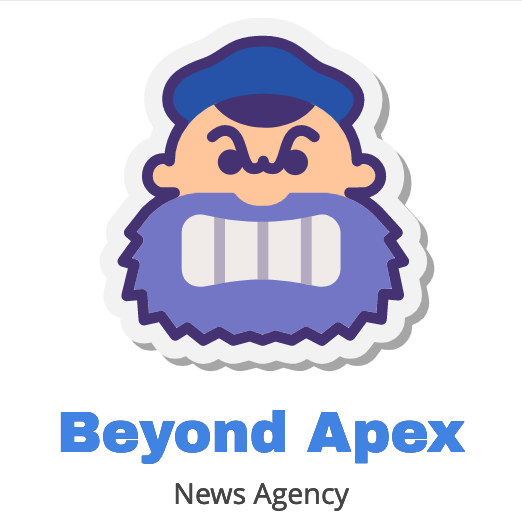A Comprehensive Guide to Successful Push Notification Advertising
Prior to launching, understand your audience
Profitably utilizing push notification advertising requires a thorough understanding of your target audience. Push notifications work because they are relevant and personalized. Examine your target demographics, interests, and internet behavior prior to launching a campaign. You can generate more individualized messaging if you know what motivates your audience to click. While an e-commerce consumer would click on “limited-time discounts,” a user of a gaming app might click on “exclusive bonus rewards.” Without this fundamental knowledge, even the most creative advertising copy may fall flat.
Brief, persuasive, and useful copy
When sending push alerts, every word matters. Use minimal space to craft a succinct, attention-grabbing title and message. The ideal push notification is succinct but captivating enough to hold your attention. The words “Get,” “Claim,” “Win,” and “Discover” encourage quick thinking and action. “Flash Sale: 50% Off for the Next 2 Hours!” and similar flash offers are also effective. Increasing FOMO (fear of missing out) increases conversions and clicks.
Use Pictures and Icons to Grab Attention
While text is important, visuals increase click-through rates for push ads. Make use of eye-catching, lucid, and pertinent icons and visuals. Vibrant colors, emotive imagery, and unambiguous logos all perform well. While food delivery advertisements could feature a flaming pizza, travel advertisements might feature a sunny beach. In order for consumers to rapidly understand the value provided without reading too much, your visuals should be consistent with your brand and content.
Target and Segment Particularly
various users will respond to your advertisements in various ways. For this reason, segmentation is necessary for profitability. Users can be grouped by behavior, time zone, device kind, or location. Messages should be tailored for optimal impact. Promoting a deal on a noon lunch around 11:30 AM local time can boost conversion rates and click-through. Furthermore, sending different messages to iOS and Android users may increase relevance and engagement.
Optimization of Timing and Frequency
Push notification ads might backfire if used excessively. Users may become irritated and unsubscribe if they receive too many notifications. Sending too little might result in missed conversions. Maintaining equilibrium is essential. Utilize user activity data to identify hours of high interaction and send out alerts. To find out how frequency impacts click-through rates and return on investment, use A/B testing.
Constant Enhancement through A/B Testing
Optimizing and testing campaigns is essential to maximizing revenue. A/B testing may be used to test calls to action, headlines, images, and sending timings. To find out which products produce clicks and conversions, compare performance. A title with numbers, such “Save 30% Today,” can do better than a generic offer. Over time, these minor adjustments may improve your results.
Observe, assess, and modify
Regardless of its strength, an effective strategy necessitates ongoing observation. Use analytics tools to track return on ad expenditure, conversion rates, and CTR. For campaigns that don’t work, adjust the timing, targeting, or creative approach. By using performance tracking, you may identify lucrative divisions and provide additional resources to them.
Preserve Post-Click Fluidity
What happens when people click on your push notification ad and visit your website or app is what determines profitability. Verify that the landing page suits the advertisement, loads rapidly, and encourages conversions. If users click “50% Off Today Only” and find no offer, they will leave, losing you money. Consistency in ad landing pages increases conversions and trust.
Conclusion
Push notification advertising is unique due to its great exposure, quick delivery, and high opportunity for engagement. Maximizing income requires more than just communicating messages; it also requires strategy, precision, and optimization. Campaign success may be increased by knowing your audience, creating engaging content, using eye-catching graphics, segmenting users, timing, testing creatives, and tracking results. In a cutthroat digital environment, these strategies will transform push ads from traffic generators to revenue producers.
